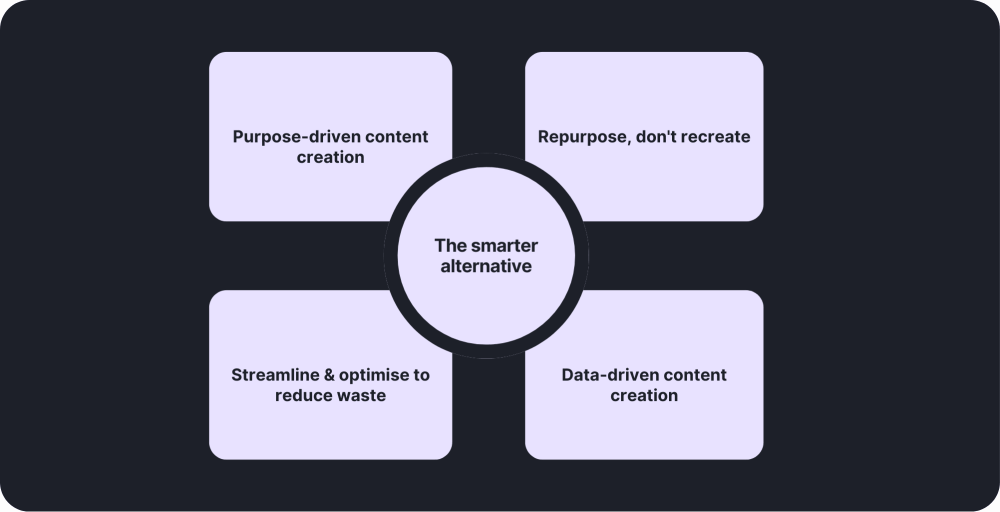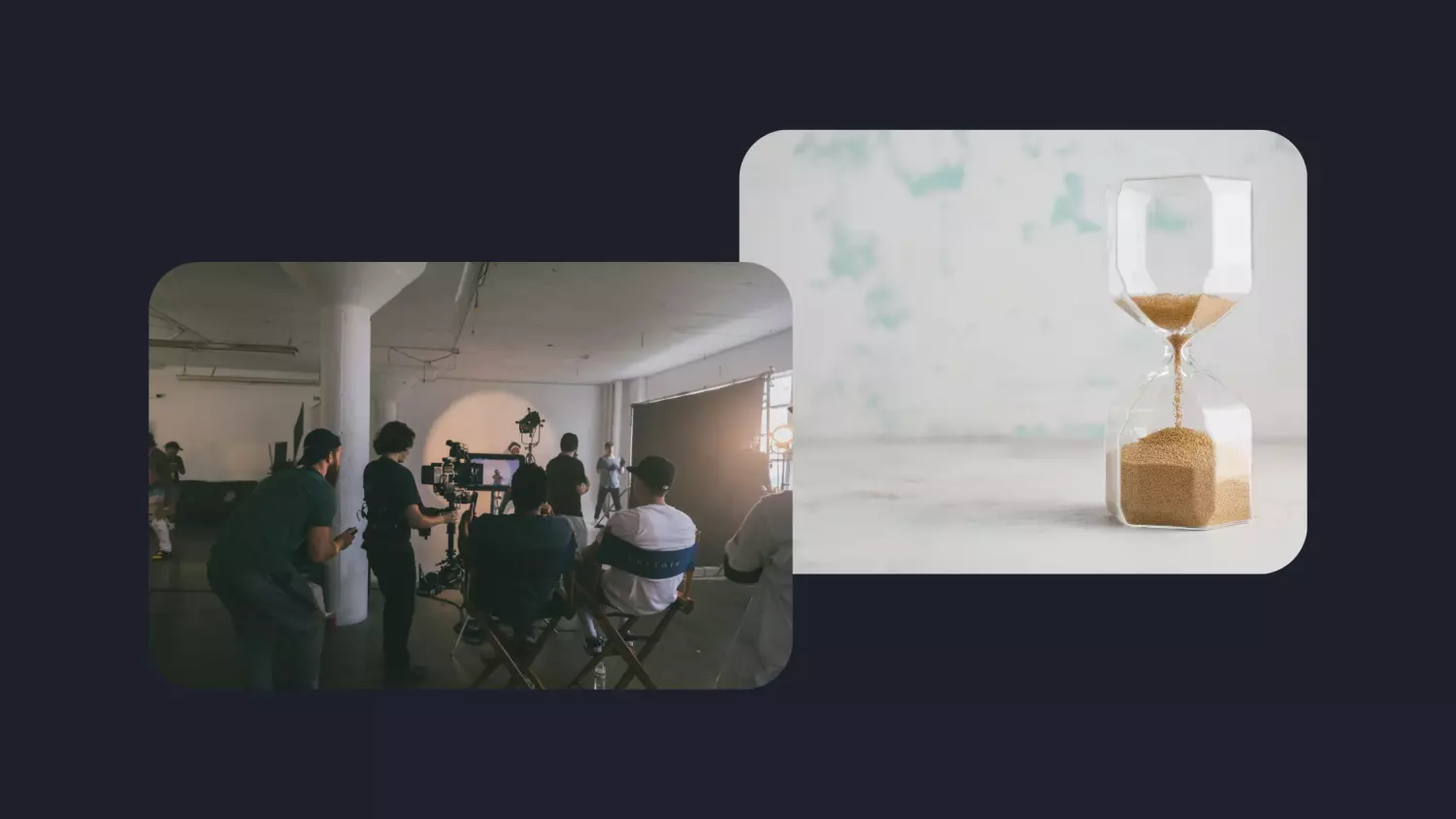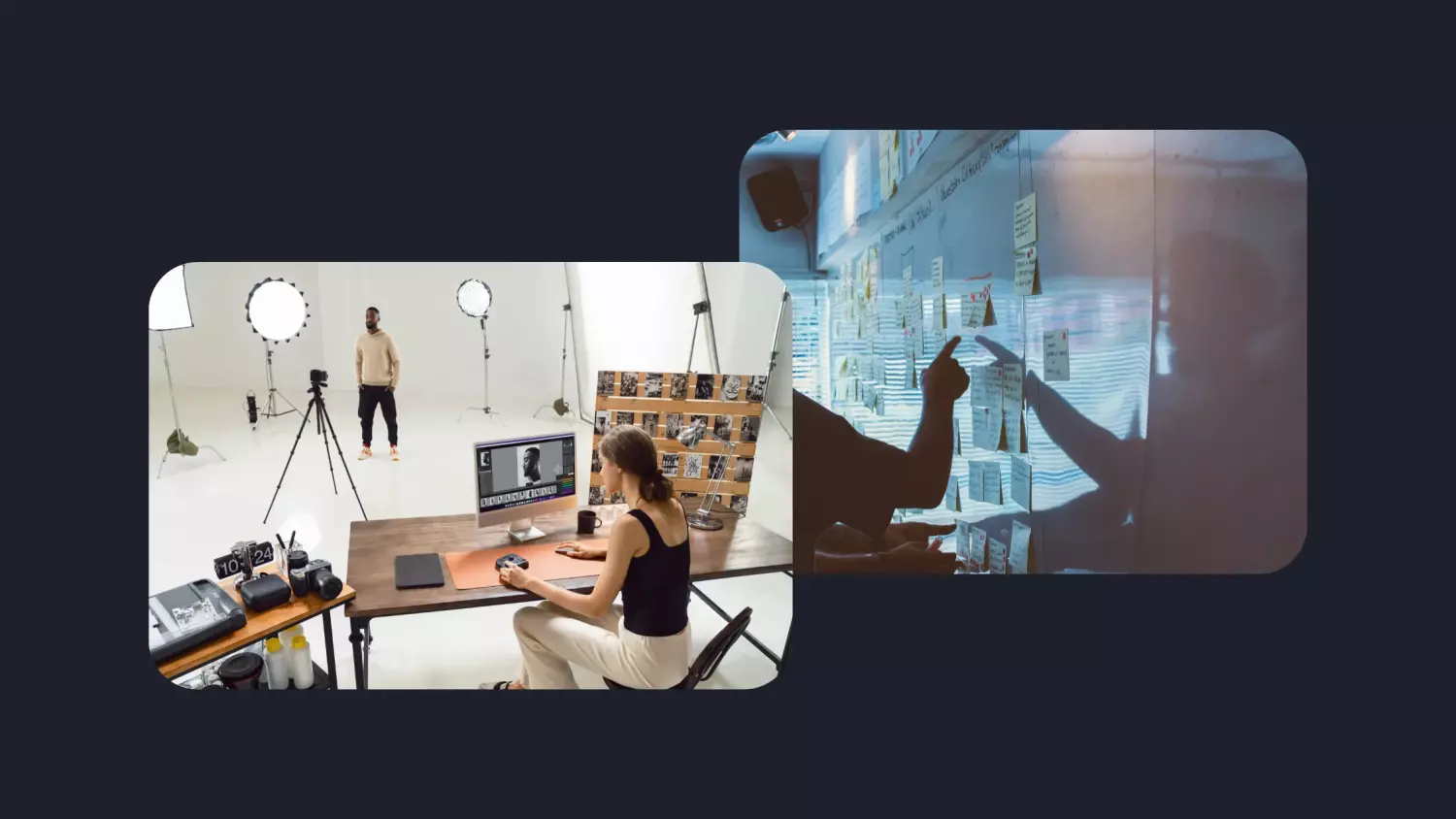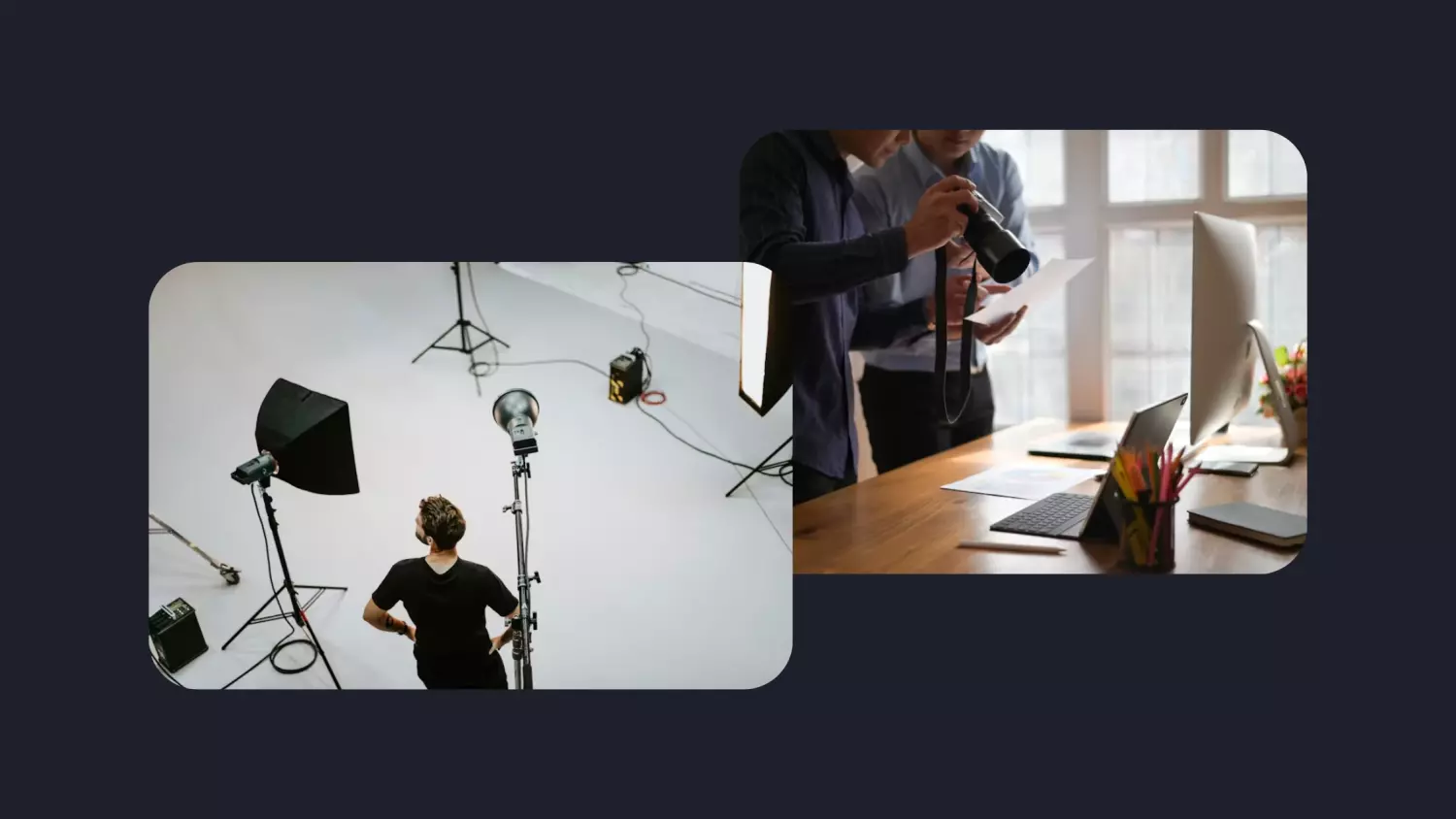Brands are churning out content like there’s no tomorrow. More videos, images, social posts because the logic goes, more content means more engagement, visibility, and, ultimately, more sales.
Except… that’s not how it actually works.
Teams get stretched thin, budgets disappear faster than expected, and audiences tune out. No one wants to scroll through endless, repetitive content.
So, instead of pumping out assets at breakneck speed, what if the focus shifted to smarter production? Content that’s strategic, high-quality, and designed to work harder across multiple channels. This blog breaks down why less (done right) is always more.
The ‘more content’ trap: Why brands keep falling for it
It starts with good intentions—keeping up with algorithms, staying relevant, and outpacing competitors. Before you know it, content is being cranked out at full speed, whether it’s needed or not. Here’s why brands get stuck in this cycle:
- Chasing the algorithm – Social platforms and search engines reward fresh content. So, the pressure is on to post constantly, even when there’s nothing meaningful to say.
- FOMO – If everyone else is posting daily, the assumption is that you should too. This results in a race to nowhere, where quantity trumps quality.
- Lack of coordination – Marketing, creative, and product teams all have their own priorities, and without alignment, the same work gets done (and redone) in different ways.
What’s left is a bloated content library, overworked teams, and a pile of assets that don’t actually move the needle.
The smarter alternative
If cranking out content non-stop isn’t the answer, what is? Smarter production—where every piece serves a purpose, works harder across multiple platforms and is backed by data. Here’s how brands can create less but get more out of it.

1. Purpose-driven content creation
The best-performing content isn’t the most frequent—it’s the most intentional. Every piece should have a clear reason to exist, whether that’s driving sales, educating customers, or reinforcing brand identity. If it doesn’t serve a purpose, it’s just noise. A single, well-thought-out asset will always outperform a dozen rushed ones.
Successful brands don’t flood social feeds with random posts. Instead, they invest in fewer, high-impact visuals that align with their brand and resonate with their audience.
2. Repurpose, don’t recreate
Constantly starting from scratch? That’s a fast track to wasted time and budget. Not every asset needs to be made from scratch. Smart brands know that one high-quality piece can be sliced, adapted, and stretched across different channels.
How it works:
- One studio shoot — Product shots, lifestyle imagery, and short-form videos.
- One long-form video — Social snippets, ad creatives, and blog embeds.
- One campaign — Localised versions for different markets.
Nike does this brilliantly—one campaign fuels e-commerce, social media, and digital ads, ensuring ensuring brand consistency without redundant production.
3. Streamline & optimise to reduce waste
The more manual and unorganised your content production is, the more unnecessary work piles up. Brands that track and centralise their workflows can create smarter—not just more.
Smart workflow tactics:
- Automate approvals and asset tagging to avoid delays and speed up production.
- Centralise assets in a DAM system to prevent duplicate work.
- Use smart metadata tagging to quickly find, reuse, and repurpose content.
Brands using Lets Flo streamline content workflows, reduce unnecessary production cycles, and get more mileage out of every asset. Less waste, more impact.
4. Data-driven content creation
Most brands create way more content than they actually use. In fact, a huge amount of content never even sees the light of day—because it wasn’t built with audience insights in mind.
How to fix that?
- Look at engagement data—if a certain kind of content converts best, double down on that.
- Test small before scaling content production.
- Align content creation with sales and inventory trends (no point in making a campaign for a sold-out product).
Why smart production is the future of content strategy
The days of producing endless content just for the sake of it are numbered. Brands are realising that more content doesn’t mean better results—it just means more clutter, more wasted resources, and more burned-out teams.
The ones getting ahead are working smarter. Here’s how:
- Streamlined and efficient workflows. No more delays from manual, error-prone and repetitive processes—smart workflows mean content gets created, approved, and published faster.
- Using data insights to create content that actually resonates. Brands are using insights to produce content that actually delivers results. If something isn’t performing, they pivot—no more throwing content into the void.
- Repurposing assets is replacing redundancy. A single high-quality asset can fuel multiple campaigns. Smart brands don’t recreate the wheel every time—they maximise what they already have.
Content strategies that focus on efficiency and impact, not just volume, are the ones driving real business results. The brands that adapt will thrive. The ones that don’t will keep running in circles, wondering why their engagement keeps dropping.
Work smarter, not harder with Lets Flo
More content doesn’t mean better results—it just means more work, more costs, and more assets collecting dust. The smartest brands aren’t racing to produce the most; they’re streamlining workflows, repurposing what works, and using data to drive decisions.
With Lets Flo, brands are automating approvals, centralising assets and optimising content pipelines. We help brands do more with less and without sacrificing quality.
It’s time to stop drowning in content and start creating with intention. No wasted resources or redundant work. Just smarter production that drives real results.
Ready to work smarter?
Book a demo





